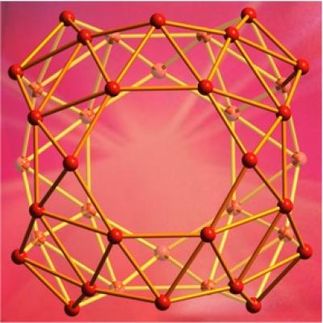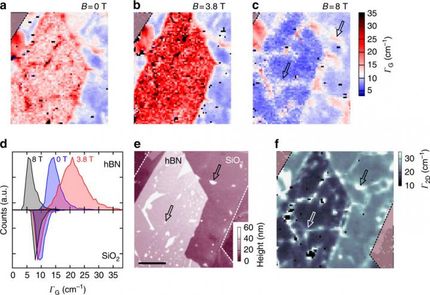Build low-cost nanoscope - using LEGO
Advertisement
The world’s first low cost Atomic Force Microscope (AFM) has been developed in Beijing by a group of PhD students from University College London (UCL), Tsinghua University and Peking University - using LEGO.
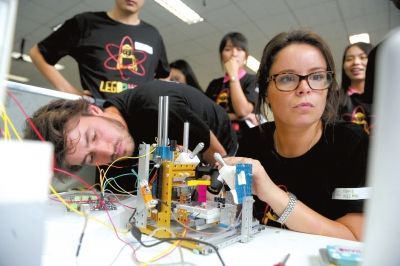
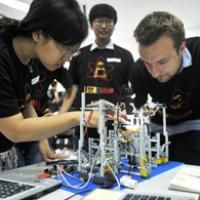
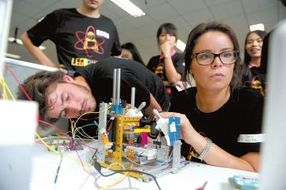
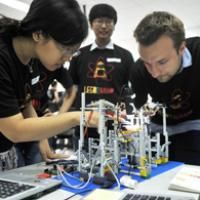
In the first event of its kind, LEGO2NANO brought together students, experienced makers and scientists to take on the challenge of building a cheap and effective AFM, a device able to probe objects only a millionth of a millimeter in size – far smaller than anything an optical microscope can observe.
Research-grade AFMs typically cost $100,000 or more, and use custom hardware, however, the newly designed low-cost version could cost less than $500 to produce.
The design brief for the student teams was to build a functional nanoscope, using only LEGO, Arduino microcontrollers, 3D-printed parts and consumer electronics. The event was co-sponsored by the LEGO Foundation, and involved active participation by Chinese high-school students, as potential users of such low-cost science tools.
It took just five days for the student team to demonstrate the scanning functionality of their AFM, earning them the award for Best Technical Design.
Low-cost scientific instruments, using cheap consumer hardware and open-source software, are becoming increasingly popular: for example, many researchers now collect data using apps on mobile phones.
Designing these state-of-the-art and low cost technologies has become an objective of industry, academia and now also the maker community, groups of talented amateurs around the globe who like to develop DIY solutions.
“It’s impressive to see the UCL students working closely with their Chinese counterparts. The event was not only interdisciplinary, it also crossed the boundary between science and maker cultures”, remarked Prof. Xiao Guo, Pro-Provost (China) of UCL.
The student teams involved in the event will now return to their universities with the goal of continuing their AFM developments and improving the nanoscale resolution of their designs.
“Low-cost scientific instrumentation is not just useful in high-schools, it can be a huge enabler for hospitals and clinics in developing countries, too” notes Gabriel Aeppli, director of the London Centre for Nanotechnology at UCL, a key contributor to the event, “That’s why novel initiatives like LEGO2NANO are so important.”
“By setting such a hard challenge, we definitely pushed the envelope for hands-on learning, teamwork and international cooperation. It also made the students think hard about the practical goals of their research,” says Quanshui Zheng, director of the Centre for Nano and Micro Mechanics at Tsinghua University.
Mark Miodownik, director of the Institute of Making at UCL, added “building a low-cost atomic force microscope is a great challenge for the growing maker community at UCL that the Institute of Making supports. As the students showed last week, the goal is tough, but achievable.”



